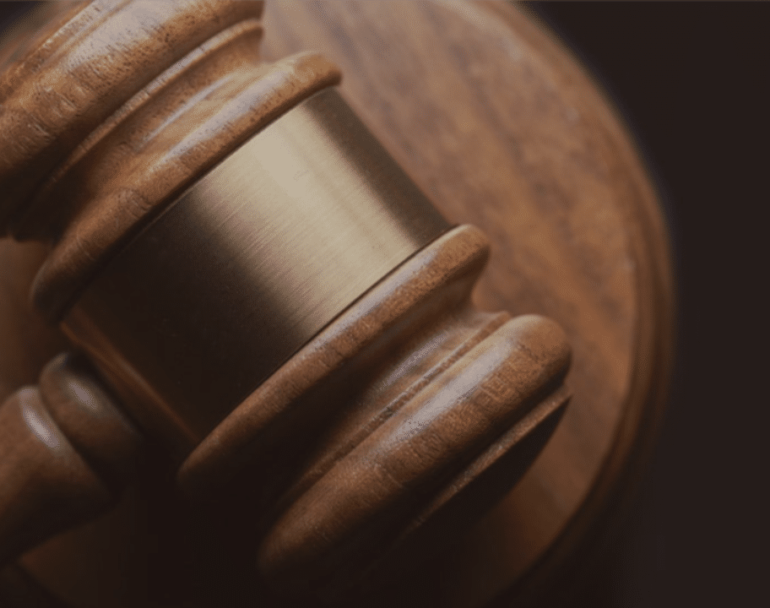
Originalism and Stare Decisis in the Lower Courts
By: Michael Boldin
An interesting new paper by Josh Blackman on precedent vs the original constitution in federal courts. From the abstract at SSRN:
The tension between originalism and stare decisis is well known. Many of the Supreme Court’s most significant constitutional decisions are completely unmoored from the original public understanding of the Constitution. A Supreme Court Justice may recognize that a given precedent is non-originalist, but follow it anyway because of the doctrine of stare decisis. Or, a Supreme Court Justice may decide to deviate from stare decisis because that precedent is non-originalist. The Supreme Court’s unique status, which is perched atop our judiciary, affords its members leeway to make either decision.
Lower court judges, however, do not have that sort of discretion. Consider a judge on a federal circuit court of appeals. First, she is bound by Supreme Court precedents interpreting the Constitution, regardless of whether those precedent are originalist or not. No matter how wrong a given Supreme Court case is, that precedent must be followed. Second, she is bound by circuit precedent interpreting the Constitution, regardless of whether that precedent is originalist or not. Only an en banc majority can reverse circuit precedent, and those proceedings are quite rare.
An originalist circuit judge would only have free jurisprudential rein in the rare case of first impression, where neither the Supreme Court nor the circuit court had considered a particular constitutional question. Those cases are even rarer. Even then, the circuit judge would still be at a disadvantage. Circuit courts seldom receive the wealth of originalist party and amicus briefs that are directed to the Supreme Court. Here, the circuit judge will often have to do all of her own originalist research—the proverbial law office history report—without the benefit of the adversarial process.
In short, it’s tough for a lower-court judge to be a constitutional originalist. But it can be done. Part I of this essay explains when a lower-court judge can be an originalist. Part II explains how a lower-court judge can be an originalist.